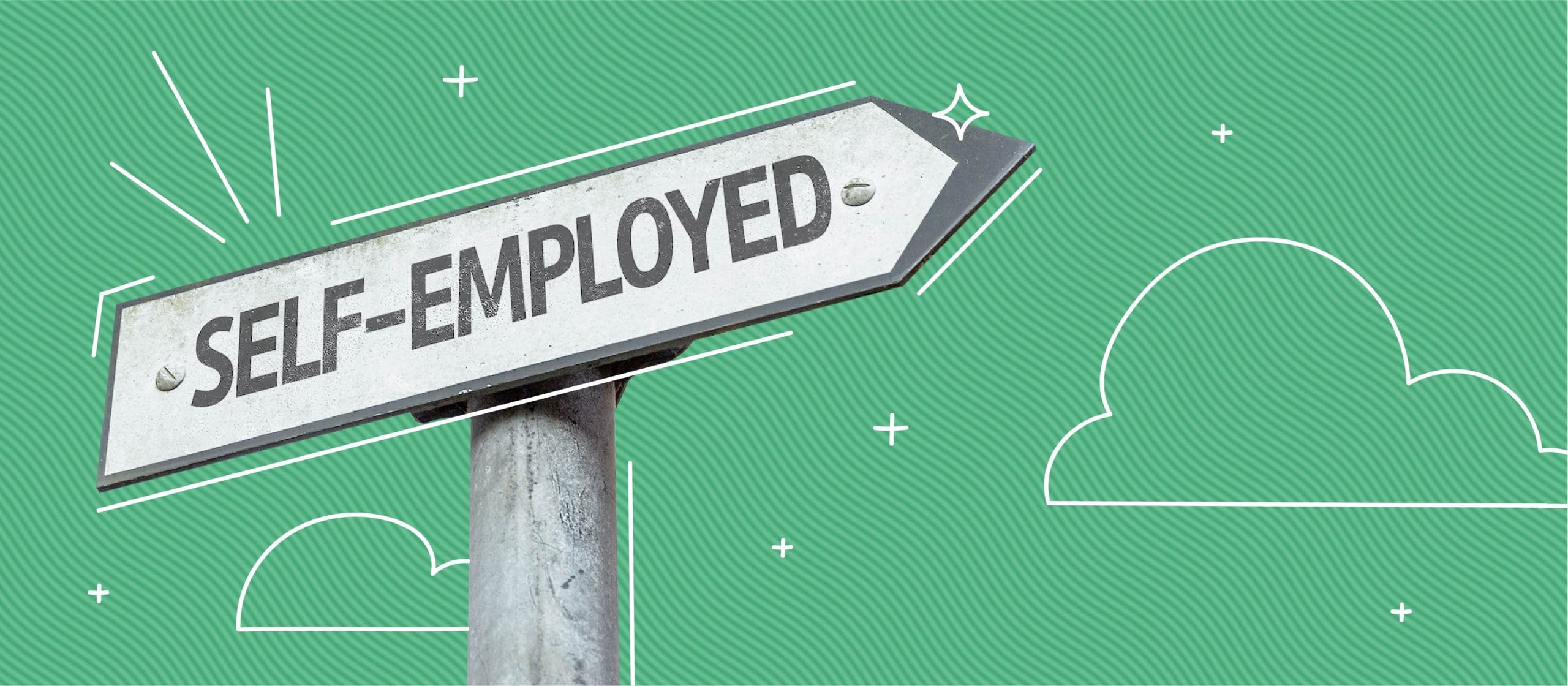Being your own boss comes with freedom and responsibility. One responsibility you’ll face regularly is proving your income. Whether you’re applying for a loan, renting an apartment, or seeking new clients, having reliable proof of what you earn is essential.
Without a traditional paycheck, documenting income as a freelancer, independent contractor, or small-business owner requires planning, record-keeping, and organization.
This article covers everything you need: why proof of income matters, accepted documents, creating income statements, using tax returns and bank records, maintaining invoices and receipts, writing affidavits, organizing your records, sharing tips for presenting financials, and pointing to helpful resources.
By the end, you’ll be in control of your financial narrative, ready to show what you earn and why it’s worth considering.
Quick Summary
In today’s gig economy, proving what you earn matters. This article breaks down how to build strong income documentation as a self-employed individual. Start by understanding that landlords, lenders, and clients need reliable proof of your earnings, even without traditional pay stubs.
You can use tax returns, bank statements, profit/loss reports, income statements, and invoices. When income is irregular, affidavits or personal statements help explain the context. Organizing clean records, using folders or digital tools makes everyone’s life easier.
Tips on presenting your documentation include writing a cover letter, maintaining consistency, and showing patterns of income. Finally, a list of resources highlights software, government assistance, and community support to help you get it done right.
With these tools, you’ll be ready to document your earnings clearly and confidently. Whether you’re applying for credit, renting a place, or simply building credibility, strong income records set you apart.
Importance of Proof of Income for the Self-Employed
Why It’s Crucial
Proving income matters for any major transaction. Landlords want reassurance you can pay rent monthly. Lenders need to confirm you can pay back a mortgage or loan. Clients sometimes ask for past income to verify your business’s stability. Without official pay stubs, self-employed individuals must rely on documents that demonstrate consistent earnings over time.
How It Impacts Approvals
Poor proof of income can lead to application delays or denials. A weak document trail may signal instability, even if your business is profitable. Strong documentation opens doors for better interest rates, higher rental limits, and stronger credibility with clients or partners.
Common Documents Accepted as Proof of Income
Tax Returns and Schedules
Most lenders and landlords accept tax returns. They show declared income over time and reveal business deductions. Schedule C (Form 1040) or Schedule F for farmers are key because they break down business revenue versus expenses.
Bank Statements
Statements showing consistent deposits give a bird’s-eye view of cash flow. They don’t reveal every detail, but they offer clear evidence of income entering your account.
Profit and Loss (P&L) Reports
Whether prepared personally or by an accountant, P&L statements detail gross revenue, expenses, and net profit over time. These are especially important when your business is more complex.
Income Statements
Similar to a P&L report, income statements highlight earnings over selected periods – monthly or yearly – and help present a clear financial picture.
Invoices and Receipts
Past invoices and client payments can show an ongoing revenue stream. Receipts from sales or services also confirm that income was earned.
Affidavits or Personal Statements
If you’re just starting out or have inconsistent income, a sworn statement explaining your earnings and business plan can help bridge the gap.
Creating an Income Statement
Step 1: Define Your Period
Choose whether you’re reporting monthly, quarterly, or annually, based on the income request.
Step 2: List Your Total Revenue
Record every source of income in the selected period – client work, side gigs, or royalties.
Step 3: Subtract Eligible Expenses
Track business expenses such as software, travel, home office costs, and supplies. Deducting these from revenue gives your net income.
Step 4: Calculate Net Profit
Revenue minus expenses equals your net profit – your actual earning after costs.
Step 5: Provide Context
Add a narrative section explaining one-time expenses or income surges. This helps build trust and shows transparency.
Step 6: Have It Reviewed
If possible, have an accountant or trusted advisor sign off. This adds credibility to your financials.
Using Tax Returns as Proof of Income
Why Tax Documents Matter
Tax returns are official records submitted to the government. They include income, deductions, and even adjusted gross income (AGI). Lenders and landlords trust them because they are bureaucratically verified.
What to Include
-
1040 forms from the past two or three years
-
Schedule C or Schedule F
-
Any adjusted schedules like Schedule E or K-1, depending on your business structure
Helpful Tips
-
Include all schedules and forms that reflect your business income.
-
If your return includes unusual deductions or losses, attach an explanation.
-
Use consistent information across all proof sources to establish reliability.
Bank Statements and Profit/Loss Reports
Why Bank Records Matter
Bank statements reflect actual money flowing into your account. They verify invoices, client payments, and personal deposits.
What to Show
-
Highlight business-related deposits or transfers
-
Combine multiple accounts if you use several for business
-
Show patterns of earning – regular deposits look better than inconsistent lumps
Using P&L Statements
-
Monthly or annual statements let you drill down by revenue, expenses, and net income
-
Compare a P&L report to your bank statements to confirm accuracy
Invoicing and Receipts as Evidence
Invoices: Your Earnings Portfolio
Maintain clear invoicing systems. Number your invoices and include dates, client info, amounts, and services provided. Paid invoices prove work was completed and paid for.
Receipts: Tracking Incoming Money
Keep transformation receipts showing money received – whether it’s digital transfers or cash. If you receive cash, issue a receipt all the same.
Why Details Matter
If someone questions your income, having detailed invoices and receipts shows professionalism. It removes doubt and helps verify numbers on tax forms or P&L reports.
Affidavits and Personal Statements
When You Need Them
Affidavits are useful when you’re new, underutilizing your income, or have inconsistent work. They fill gaps in documentation.
Writing a Strong Statement
-
Clearly state your name, business name and structure, time in business, and main revenue sources
-
Estimate monthly earnings, backed up by quotes, contracts, or invoices
-
Sign and date the document, possibly with a notary for added credibility
Organizing Your Financial Records
Use Digital Tools
Accounting software like QuickBooks, Wave, or FreshBooks helps categorize expenses, generate invoicing, and produce P&L reports.
Keep a Filing System
Divide documents into folders – for taxes, bank statements, receipts, and invoices. This makes it easy to find proof when you need it.
Keep Records for the Required Time
Most guidelines recommend keeping tax returns and related documents for at least three to seven years. Some lenders may ask for longer periods.
Back Up Everything
Store digital backups using cloud services, and consider physical copies in a fire-resistant safe.
Tips for Presenting Your Income Documentation
Be Transparent and Honest
Consistency is vital. Make sure numbers match across documents, from your P&L to tax returns and bank statements.
Prepare a Cover Letter
Write a one-page letter explaining the materials you’re submitting, the period they cover, and any unusual financial situations.
Highlight Patterns
Show recurring payments on invoices, repeated deposits in the bank, and stable profit margins over time.
Keep It Clean and Professional
Use clean fonts and organized layouts. Check for typos. Someone reviewing your file should find no confusion.
Resources for Self-Employed Individuals
Online Tools
-
QuickBooks, FreshBooks, Wave: accounting and invoicing software
-
Mint or YNAB: budgeting and tracking personal/business finances
Government and Nonprofit Resources
-
SBA (Small Business Administration): help with financial management and documentation
-
SCORE mentors: volunteers who assist entrepreneurs with financials and planning
Freelancer Communities
Online forums (like r/freelance on Reddit), Facebook groups, and Slack communities offer peer advice on structuring finances and handling proof-of-income requests.
Professional Help
Consult accountants or tax advisors, especially if you need audited financials, have multiple income streams, or run a growing business.





